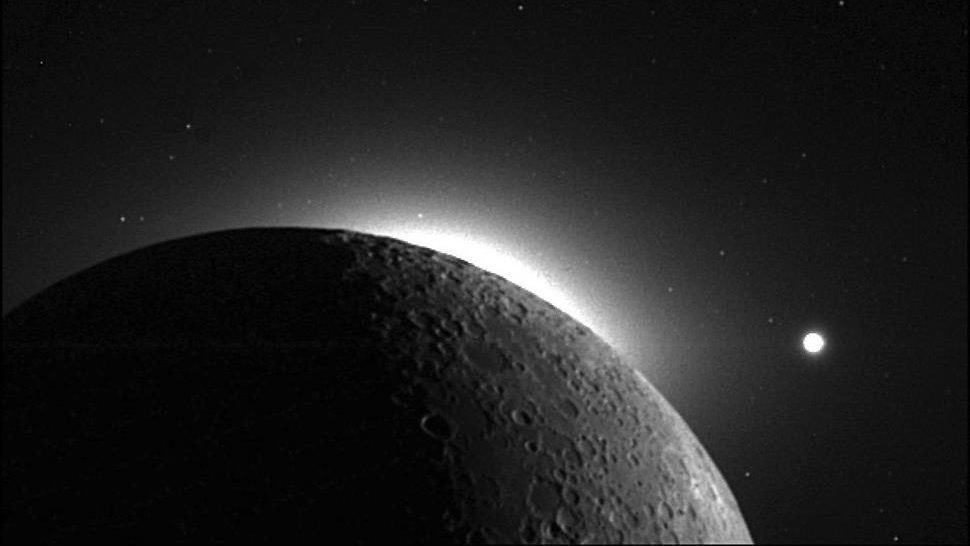How Many Potentially Habitable Planets Are Out There? A Lot

What’s the Latest Development?
University of California-Berkeley astronomers took a fresh look at data supplied by NASA’s Kepler space telescope to find out how many Earth-sized planets existed in the galaxy that orbited a sun like ours at a distance that would enable the formation of liquid water on its surface. By correcting for planets that may have been missed by other sifting software, they were able to estimate that 22 percent of all Sun-like stars had a planet that could potentially harbor life. Details of their research was published in Proceedings of the National Academy of Sciences.
What’s the Big Idea?
By including the missed planets — many of which aren’t oriented to cross in front of their host star from Earth’s viewing perspective — the research helps improve the chances of future missions finding nearby candidates for life, says Berkeley astronomer Andrew Howard: “[Kepler’s successors] will try to take an actual picture of a planet, and the size of the telescope they have to build depends on how close the nearest Earth-size planets are. An abundance of planets orbiting nearby stars simplifies such follow-up missions.”
Photo Credit: Shutterstock.com





